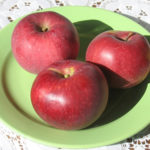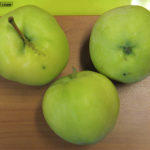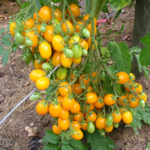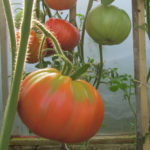Mandarin Nova
Nova belongs to a large group of so-called "fake tangerines". The fact that the variety is a hybrid of Fina clementine and Orlando tangelo makes it more likely to belong to the tangerine group. Some reference books consider Nova to be a clementine.
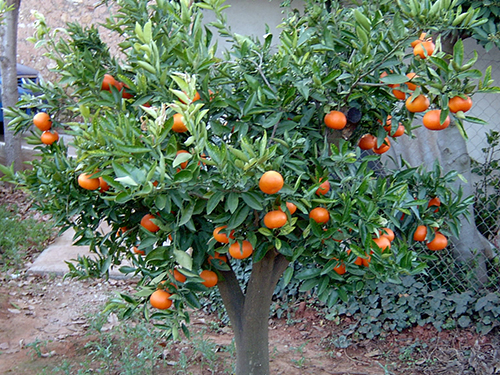
Creation of a hybrid
It is known that work on crossing Fina and Orlando began at one of the Florida experimental stations back in 1942, under the leadership of the famous specialist Jack Bellows. The final design and description of the variety took place in the mid-60s of the last century. Soon the variety began to spread rapidly in other countries.
Now, as an industrial culture, it is popular in Spain (it bears the name of Clemenville there), Israel (Santina), South Africa and China. It is of great importance for the citrus growing of the United States.
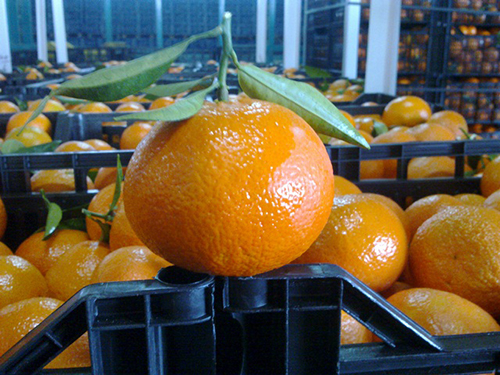
Some features of the crown
Medium-sized tree with branchy branches. Thorns in the form of small thorns appear only in the first years of life and gradually disappear after the beginning of fruiting. Needs a little formative pruning to remove some of the new branches with ovaries. If this is not done, the next season the harvest will turn out to be weak, due to the depletion of the tree.
Leaves are dense, tough, noticeably elongated, lanceolate, reminiscent of tangerine. However, the whole crown as a whole very much looks like a large tangerine tree. The leaf petioles are practically without lionfish, the color of the leaf plate is dense, green.
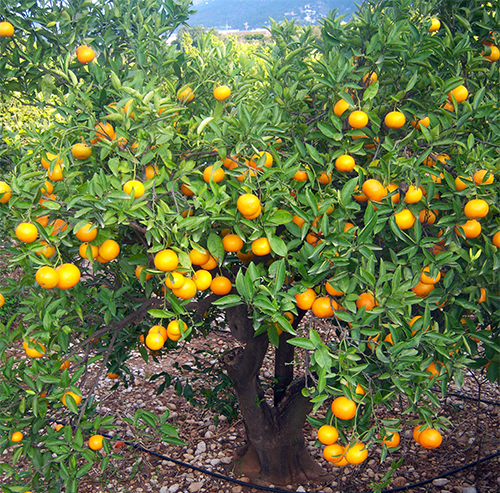
Bloom
The flowers are medium in size, with a very strong sweetish aroma, appear en masse in late spring, but the buds can appear in summer. Like the leaves, the flowers resemble tangerines so much that it is impossible to distinguish them. Short, dense petals. The first buds may appear on a tree as early as in the second year of life, but full flowering is observed in the 3rd - 4th year.
Features of the fruit
In appearance, there is a slight flattening. The fruits are large when compared with tangerines, with an average weight of 140 to 170 grams. The diameter varies from 5 to 8 cm (but the latter is rare). Experts believe that the fruits of our hero are very similar to those of Orlando's tangelo.

The color is very bright, reddish, sometimes it is characterized as garnet. Interestingly, the intensity of the color appears only in the phase of full ripeness, which occurs at the end of autumn and the beginning of winter, depending on when the mass flowering took place. Pale greenish stripes are barely noticeable in the color - a distinctive sign of Nova. With insufficient maturity, they are better visible.
The rind is about 3 mm thick, slightly bumpy, with a pebbled texture. Essential oil pores are clearly visible on it. Easily separates from the pulp when full ripening has occurred. If the fetus was removed a little ahead of time, the detachment is poor.
The highest yields are obtained on plantations, pollinating our species with the Temple tangor. Unfortunately, in this case, many seeds appear in the fruit, which slightly spoils the commercial attractiveness of the fruit.
Taste qualities:
- the color of the pulp is dark orange, usually it consists of 11 segments;
- the taste is pleasant, sweetish, moderately sour, the pulp is rich in juice (up to 40% of the volume);
- there are more seeds in the pulp with cross-pollination, with self-pollination there are few of them, but yields are lower;
- if the fruit is overexposed on the tree, the taste begins to deteriorate rapidly;
- Nova fruits make wonderful marmalades.
Summing up, we can say that this citrus is an excellent example of a specimen for indoor cultivation. It is beautiful, relatively unpretentious, with proper care it gives a small but stable harvest.
